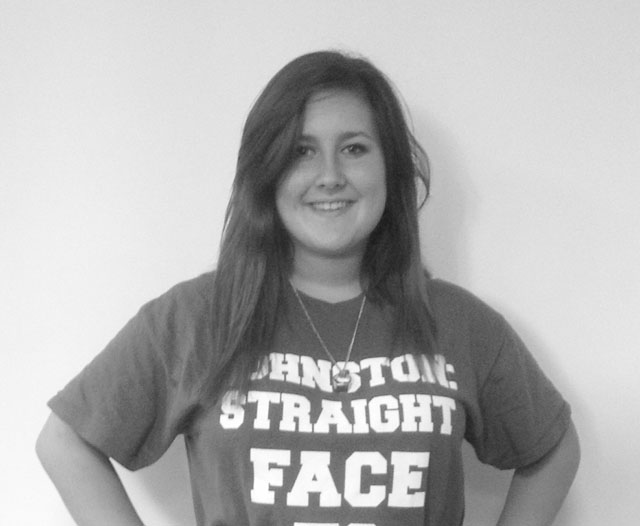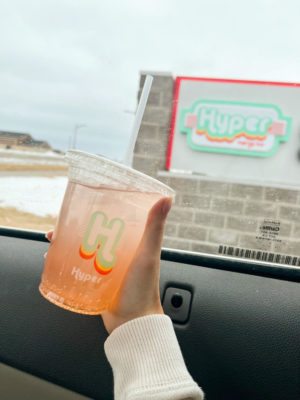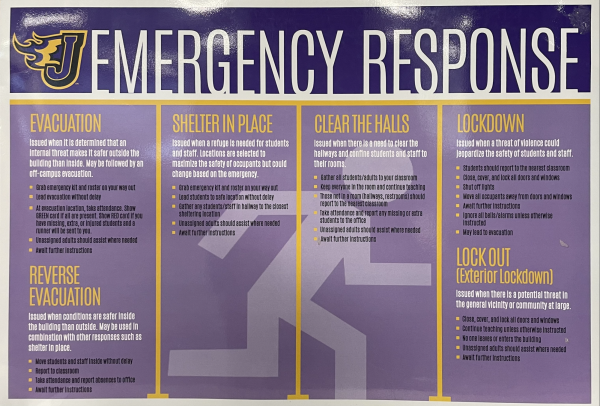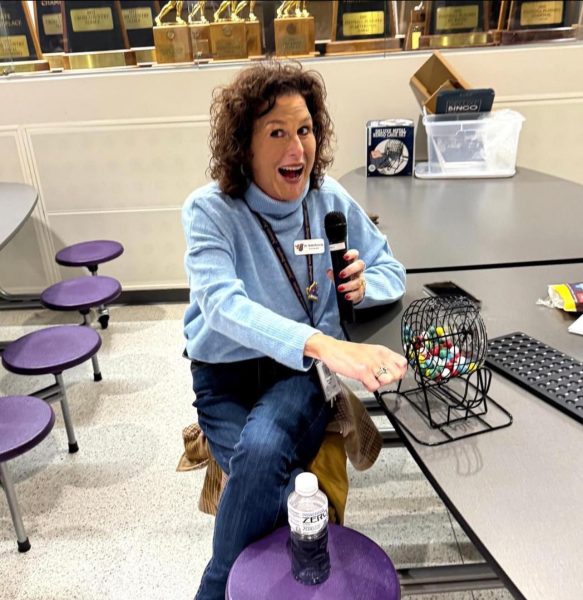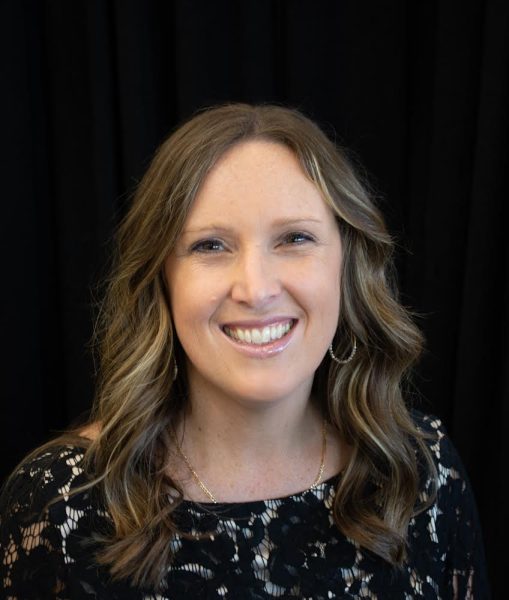Johnston’s Big Give chooses JDRF as their organization for 2014
January 9, 2014
Johnston’s Big Give chose the Juvenile Diabetes Research Foundation or JDRF as their organization for 2014. JDRF is a non-profit organization that raises money for research on their main goals: prevention, better treatment and eventually the cure for Type 1 Diabetes.
Student Council released a power point in advisories Jan. 8 that stated, “We chose this organization because of the direct impact it has on our school. There are students in our school that have Type 1 Diabetes as well as students with family members who are affected by the disease.”
On the JDRF.org site you can “meet the team” and see how each scientist individually works towards their main goals. President and Chief Executive Officer, Jeffery Brewer said the JDRF team works towards “accelerating our progress toward our key goals: curing type 1 diabetes (T1D), delivering better treatments to lessen the burden of living with the disease, and preventing it in future generations.”
Some diabetes quick facts are the following:
When does it happen and who does it target?
T1D is most commonly diagnosed in children, adolescents and young adults but can be diagnosed at any age. T1D can also be passed down through families.
What is it and what are the symptoms?
T1D is a lifelong and chronic autoimmune disease in which there are high levels of glucose, meaning sugar, in the blood. This disease causes a person’s pancreas to stop producing insulin, a hormone that enables a person’s body to get energy from their food. According to JDRF.org warning signs of T1D may occur suddenly and can include these:
-Extreme Thirst
-Frequent urination
-Drowsiness or lethargy
-Increased appetite
-Sudden weight loss
-Sudden vision changes
-Sugar in the urine
-Fruity odor on breath
-Heavy or labored breathing
-Stupor or unconsciousness
How do you know and how is it treated?
If a person thinks they might have diabetes they should see a doctor immediately and the following blood tests can be done: fasting blood glucose, random (non-fasting) blood glucose level, oral glucose tolerance test and the hemoglobin A1C test. Ketone testing can also be used on rare occasions.
T1D cannot be cured – yet. But JDFR is working on that!
The best way to treat and control T1D is with insulin, eating and other activities throughout the day and night. Insulin can either be administered by injections or non-stop infusion through a pump. Most T1D patients also measure their blood-glucose level by pricking their fingers more than six times a day.


